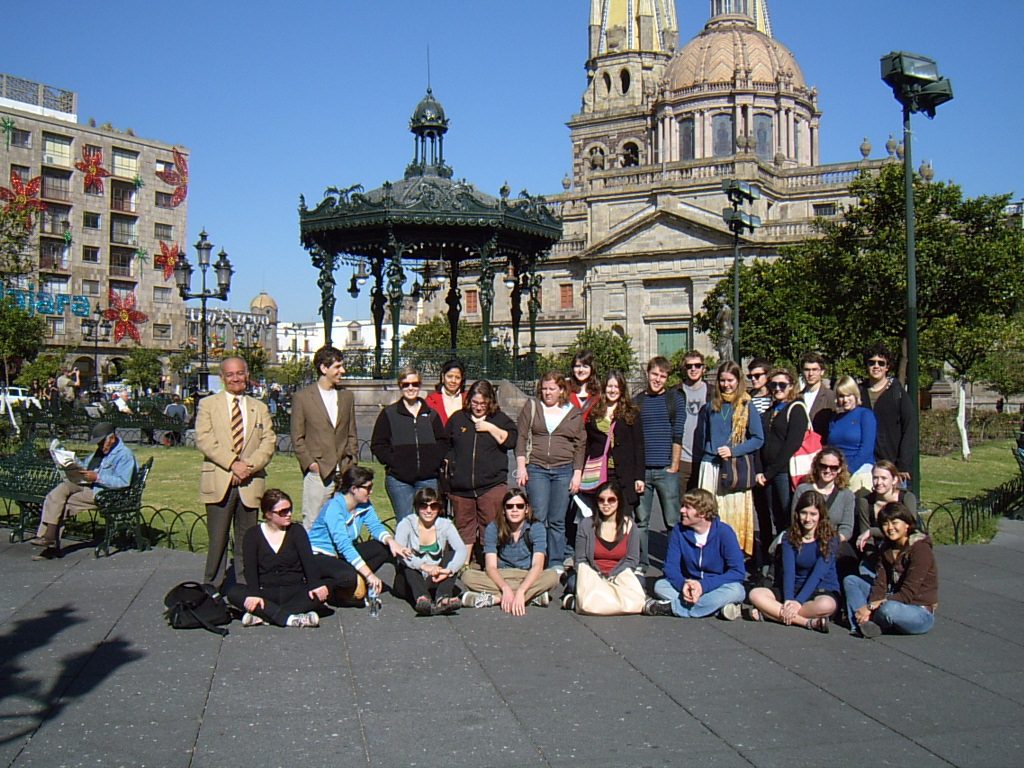Benefits of Learning Spanish in Today´s Globalized World

Please see unbiased comments from former students at the most trusted authority in travel: Tripadvisor.
-
Enhanced Career Opportunities: Learning Spanish can significantly boost your career prospects by opening doors to jobs in multinational companies and international organizations (Garrett, 2012).
-
Enhanced Communication Skills: Mastering Spanish can improve your overall communication skills, making you more effective in both personal and professional interactions (Thompson, 2014).
-
Competitive Advantage in Education: Spanish is one of the most widely taught languages in the world, and proficiency can provide a competitive edge in academic settings (García, 2012).
-
Greater Travel Experiences: Speaking Spanish allows for more authentic and immersive travel experiences in Spanish-speaking countries, enhancing your understanding and enjoyment of local cultures (Cohen, 2013).
-
Access to Spanish Media: Learning Spanish gives you access to a vast array of Spanish-language media, including literature, music, films, and news, enriching your cultural experience (Ríos, 2017).
-
Expanded Social Network: Knowing Spanish helps you connect with over 580 million Spanish speakers worldwide, broadening your social and professional networks (Lewis, 2009).
-
Business Expansion Opportunities: For entrepreneurs, learning Spanish can facilitate business expansion into all Spanish speaking markets, where Spanish is the dominant language (Fernández, 2016).
-
Cultural Understanding and Appreciation: By learning Spanish, you gain deeper insights into the rich cultural heritage and traditions of 21 Spanish-speaking countries (Davis, 2015).
-
Improved Cognitive Abilities: Studies have shown that bilingualism, including Spanish, can enhance cognitive skills such as problem-solving, multitasking, and memory (Bialystok, 2011).
-
Personal Fulfillment and Growth: Learning a new language like Spanish can be a highly rewarding experience, fostering personal growth and a lifelong love of learning (Smith, 2018).
Take advantage of our special fees and promotions. Enroll today using our hassle-free form!
References:
– Bialystok, E. (2011). Reshaping the mind: The benefits of bilingualism. Canadian Journal of Experimental Psychology/Revue canadienne de psychologie expérimentale, 65(4), 229-235.
– Cohen, E. (2013). Traveling as a bilingual: Enhancing travel experiences through language. Travel and Tourism Research Association: Advancing Tourism Research Globally, 13.
– Davis, S. (2015). Cultural diversity and the benefits of learning languages. Journal of Cultural Research, 19(3), 102-115.
– Fernández, R. (2016). Business expansion in Latin America: The role of language skills. Journal of International Business Studies, 47(7), 837-850.
– García, O. (2012). The benefits of bilingual education in modern society. Bilingual Research Journal, 35(2), 219-233.
– Garrett, P. (2012). The importance of language learning for career development. Journal of Career Development, 39(4), 437-454.
– Lewis, M. (2009). Ethnologue: Languages of the world. Dallas: SIL International.
– Ríos, S. (2017). Spanish media and its impact on cultural understanding. Journal of Media Studies, 21(4), 299-312.
– Smith, J. (2018). Personal growth through language learning. Language Learning Journal, 46(2), 163-175.
– Thompson, A. (2014). The impact of second language learning on communication skills. Communication Research Reports, 31(3), 288-299.
